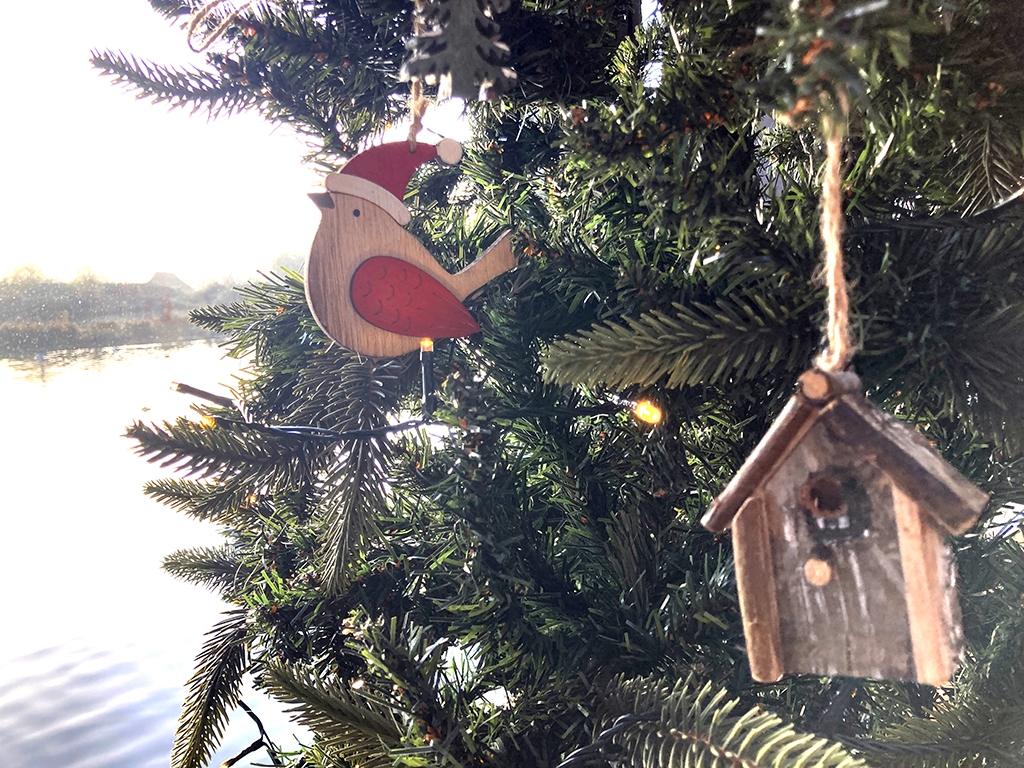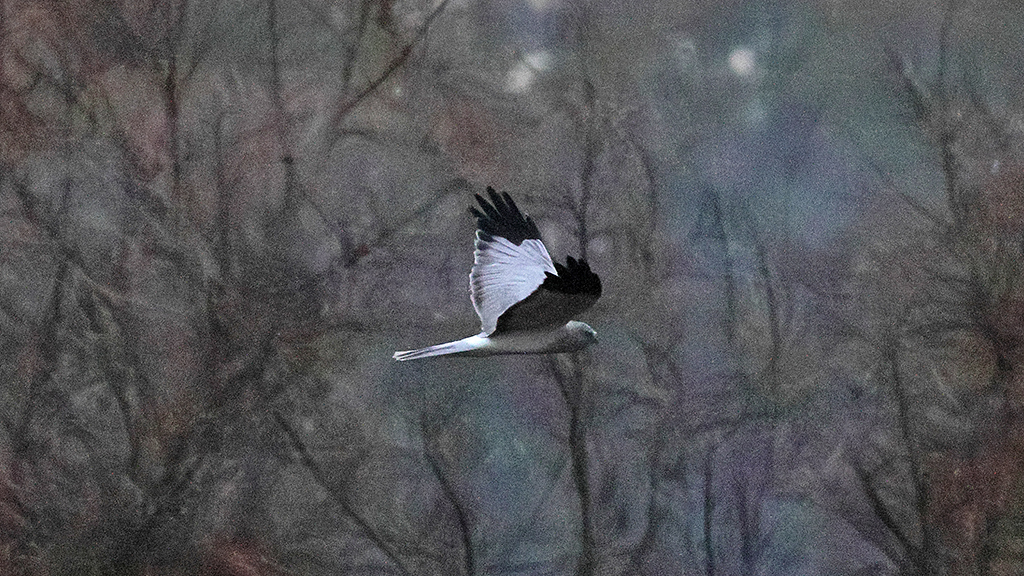Gull watching guide

What is a seagull? Gulls are familiar to us, almost too familiar - so that many dismiss all gulls as “seagulls” not realizing the huge variety of species and sizes of gulls. Gulls are commonly seen on wetlands, and in urban areas, especially along our coast. The gulls you are most likely to see at Arundel Wetland Centre include:
Black-headed gull (Chroicocephalus ridibundus)
These small gulls are a cheerful, noisy species. Its scientific name Chroicocephalus ridibundus means ‘coloured head and laugh abundantly’.
Look closely at these gulls and you’ll realise see that their black head is in fact brown (see main photo above). In autumn and winter in their black hood fades to just a black ear spot. Look for a thin, red bill (black-tipped in non-breeding plumage) light-grey wings and back.
Black-headed gulls breed in colonies on freshwater lake islands, like those our Arun Riverlife lagoon between the Ramsar and Sand martin hide. This year you will see nest directly in front if the Ramsar hide in the reeds as well. The sit on eggs in May with chicks appearing in June.
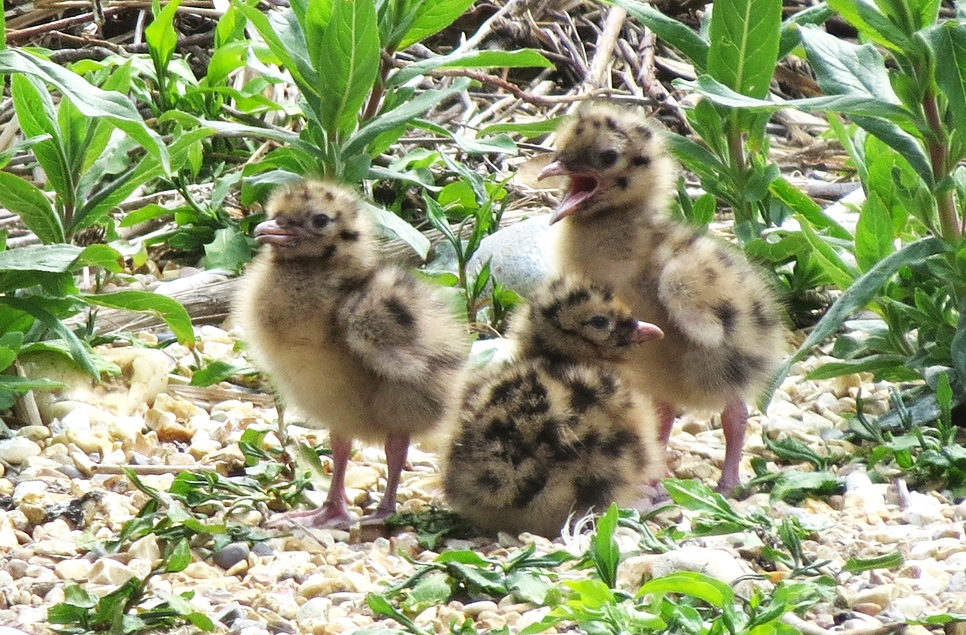
At Arundel a pair of oystercatchers usually chooses to nest near the black-headed gulls. The gulls are good parents and mob predators giving the oystercatchers and alarm call and a safety in numbers approach for raising their chicks.
Mediterranean gull (Ichthyaetus melanocephalus)
Sightings of Mediterranean gulls have increased at WWT Arundel in recent years. Med gulls have been wintering in Sussex since 1963/64. Their cat-like mewing call is a way to spot them flying overhead.
They are a rare but increasing breeder in southern England, they often mix among black-headed gull colonies.
Compared to the similar black-headed gull, their hood in breeding plumage is actually fully black. In flight, their wings are slightly shorter and broader, the adults having all-white wing plumage and at rest, very pale upperparts. They sport a brighter red bill and legs, too.
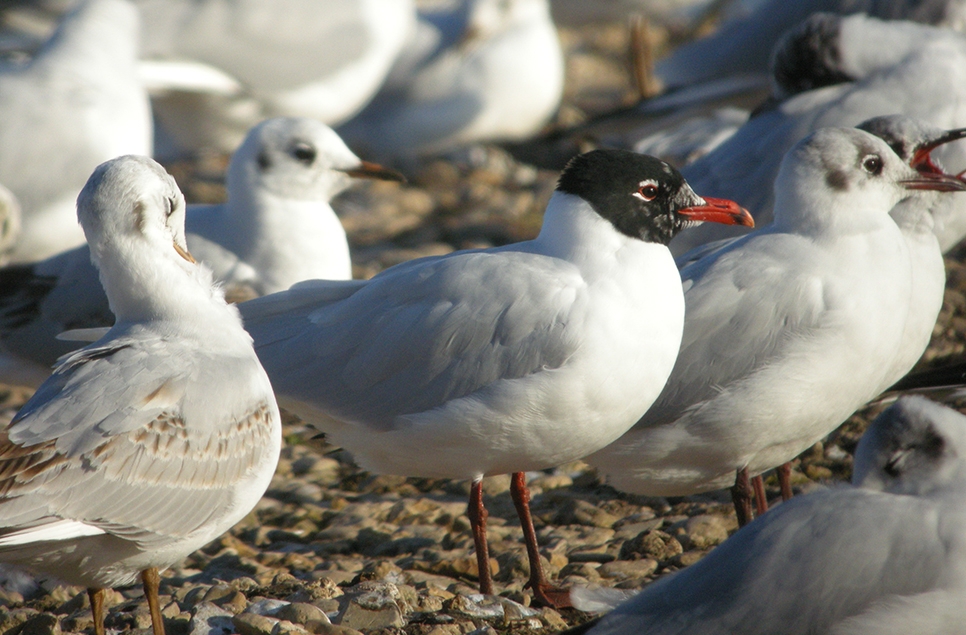
In non-breeding plumage, the hood is lost, but dark markings remain more prevalent than in black-headed gull, going through the eye instead of only behind it. When stood with wings folded, the white wingtip feathers are visible above the tail feathers in the adults.
Common gull (Larus canus)
These are resident birds in the north of the UK. Common gulls are seen in the south while migrating to Scotland to breed. We see them at Arundel mostly in the autumn and winter months. A bit larger than black-headed gull but smaller than herring gull; common gull has grey wings and back, a rounded head, thin bill, yellow-green legs and a dark eye. In non-breeding plumage, the head develops grey streaking and a dark, thin band around the bill.
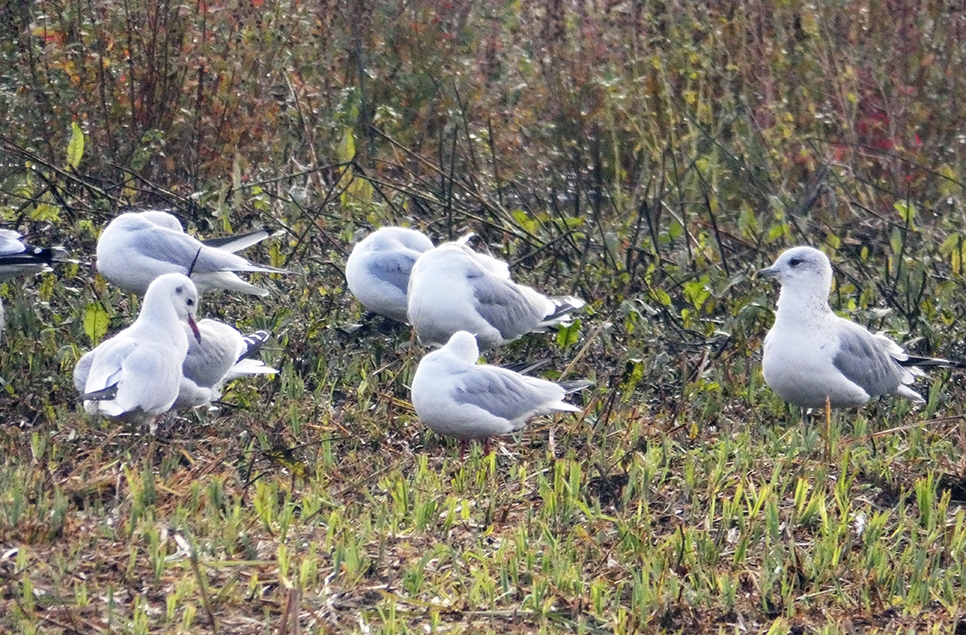
Lesser black-backed gull (Larus fuscus graellsii)
These gulls live around much of the UK’s coasts, moving inland to winter when we usually see them at Arundel. They are related to herring gulls but are slightly smaller. They have yellow legs with slate grey wings and back, contrasting with black wing tips.
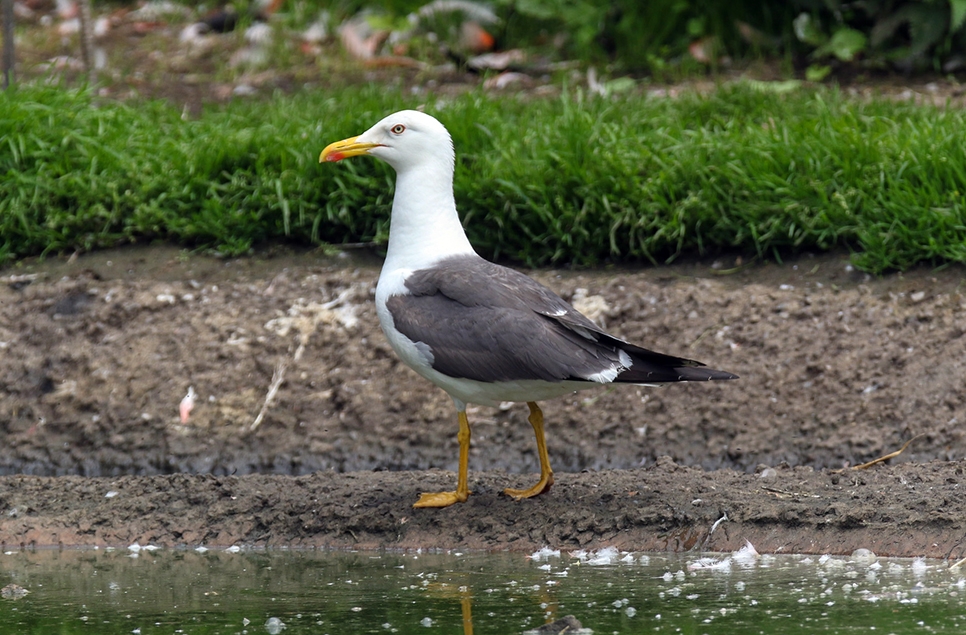
Herring gull (Larus argentatus)
These large gulls are the ‘chip stealers’ along the southern seafronts and the gull most think of as ‘seagulls’ in Sussex. Adults show grey wings and back, with pink legs and yellow/red bill. Non-breeding adults show head streaking.
Herring gulls now mostly nest in urban areas on rooftops in Sussex, first recorded in the 1950s. Before then chalk or sandstone cliffs were nesting spots of choice. Their loud calls and aggression during breeding seasons often bringsthem into conflicts with people. These large predatory gulls are on the lookout for ducklings, chicks and eggs of other birds.
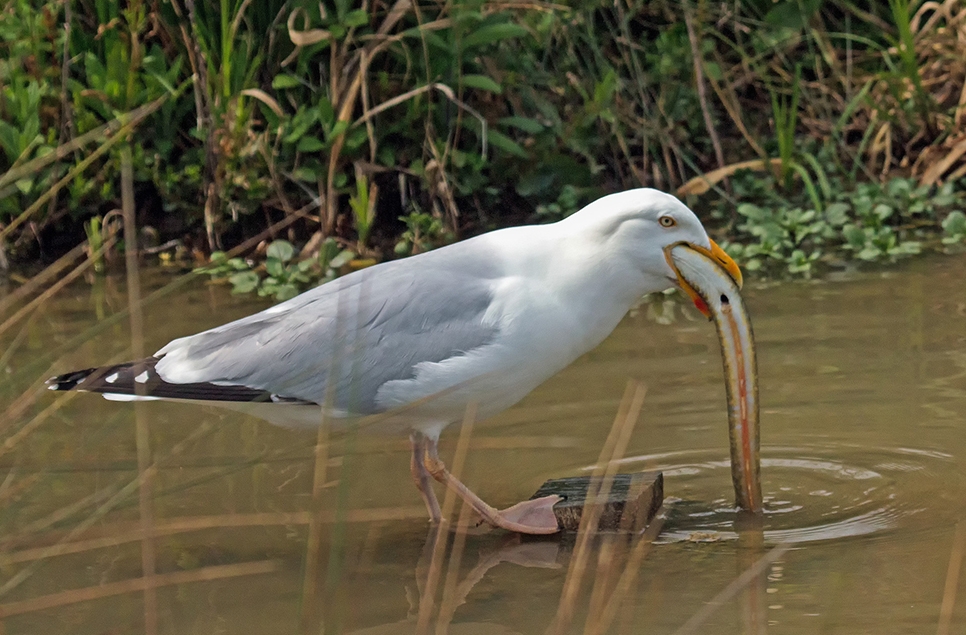
Common Tern
Terns are not gulls. They are small and slender compared to the gulls and are elegant flyers, often seen hovering then plunging into the water to catch prey. Look for a slightly decurved bill (orange-red with a black tip in breeding plumage). At rest, their shorter tail streamers do not extend further than the wing tip. Like gulls, they nest in colonies, often in freshwater habitats.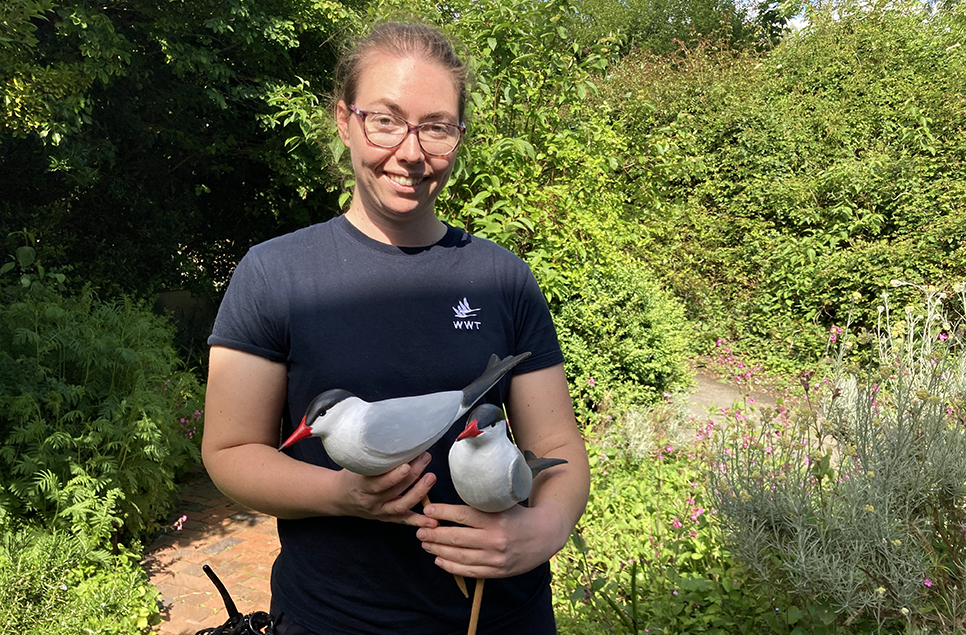
Common terns are summer visitors, migrating to spend the winter around African coasts. We have common terns nest at WWT Arundel in 2014 and we have trialled breeding rafts, playing calls and using decoys to lure them back.
Next time you hear the cry of gulls at Arundel don't dismiss them with "its just seagulls". Grab you binoculars and get into gulls! Become a gull watcher.
